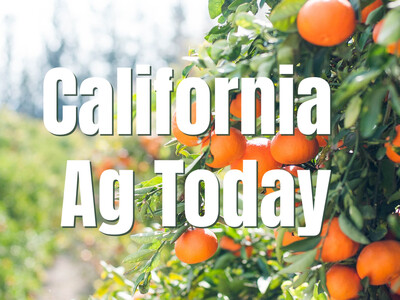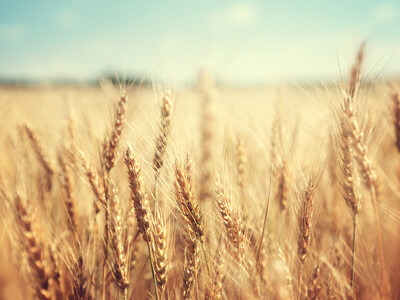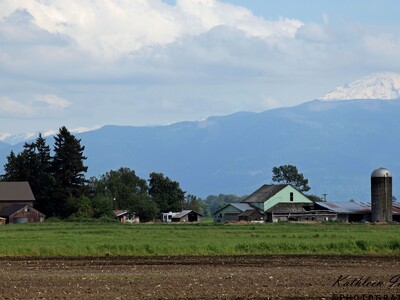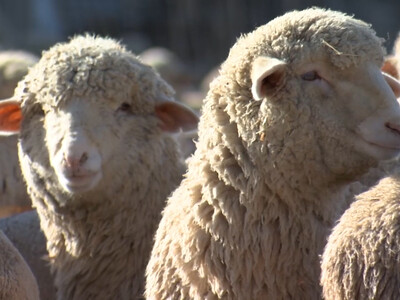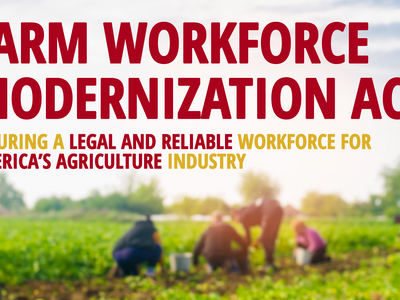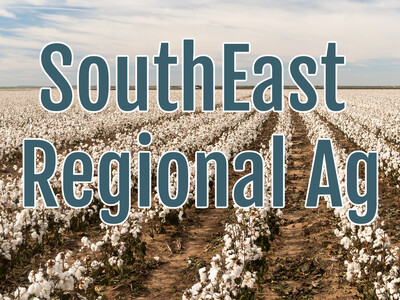Canola and milk
On most dairies, the big question is “How do I put more milk in the tank?” One potential answer lies in improving persistency, or helping cows maintain milk production after they peak. Brittany Wood, Director of Canola Utilization for the Canola Council of Canada, shares advice on how to improve persistency on the dairy…tapeCut #1 :46 OC…”the farm.”
“Persistency is about the dairy cow producing high-quality milk at high volume for as long as they can. We think about this milk lactation curves that the dairy cow has - they give birth to their calf, then they are increasing their milk production, reaching a peak milk production a few months into that lactation curve, and then over the course of the next following months, they slowly start to reduce the amount of milk that they're producing. The idea around persistency is that they meet that peak and then they keep producing high volumes of milk for as long as possible, reducing that rate of decline of milk production so that the cow is putting more milk into the milk tank and improving profitability for the farm.”
Improving persistency is a challenge for the dairy industry…tape
Cut #2 :34 OC…”time period.”
“It has been a bit of an elusive task for the dairy industry to understand this from a genetic point of view. It was thought to be mainly controlled by genetics, but that persistency or inheritability factor of that persistency through genetics, is really low. You have to look at other areas of management and understand what is in your control within your management that you can do to help support the cows. And we really do have some research that's looking at protein sources to see how they can actually work to support the cows during that time period.”
Research took place during a trial at the U.S. Dairy Forage Research Center…tape
Cut #3 :51 OC…”that time.”
“They looked at feeding cows diets that contained either canola meal or soybean meal. Cows started on trial about 85 days into milk, so they were post that peak milk, and when they looked at the cows at about four weeks into treatment, they found that the canola meal fed cows actually were producing 2.9 pounds more milk per day. This is an observation that is consistently seen in the literature. When we feed cows canola meal, it's very consistent that they will produce more milk compared to other protein sources. At the end of the trial, when they compared those two groups again, they found that the canola meal fed cows were actually producing 7.2 pounds more milk per day than the other treatment, and canola meal fed cows had greater persistency and were able to have a lower rate of decline.”
Wood talks about how to pick the right protein…tape
Cut #4 :32 OC…”to start.”
“You want to understand what ingredients you have available to you and understand what you're working with, and the amino acid profile of those ingredients is a really good thing to understand. And so, every protein ingredient brings something a little bit different. So, I mentioned about the canola meal bringing that methionine and histidine, which are really essential amino acids for the cows. Soybean meal is a great source of lysine, also very important. And so, working with your nutritionist to really understand what you have available to you is going to be a good place to start.”
If you want more information on feeding canola, go to canolamazing.com.






